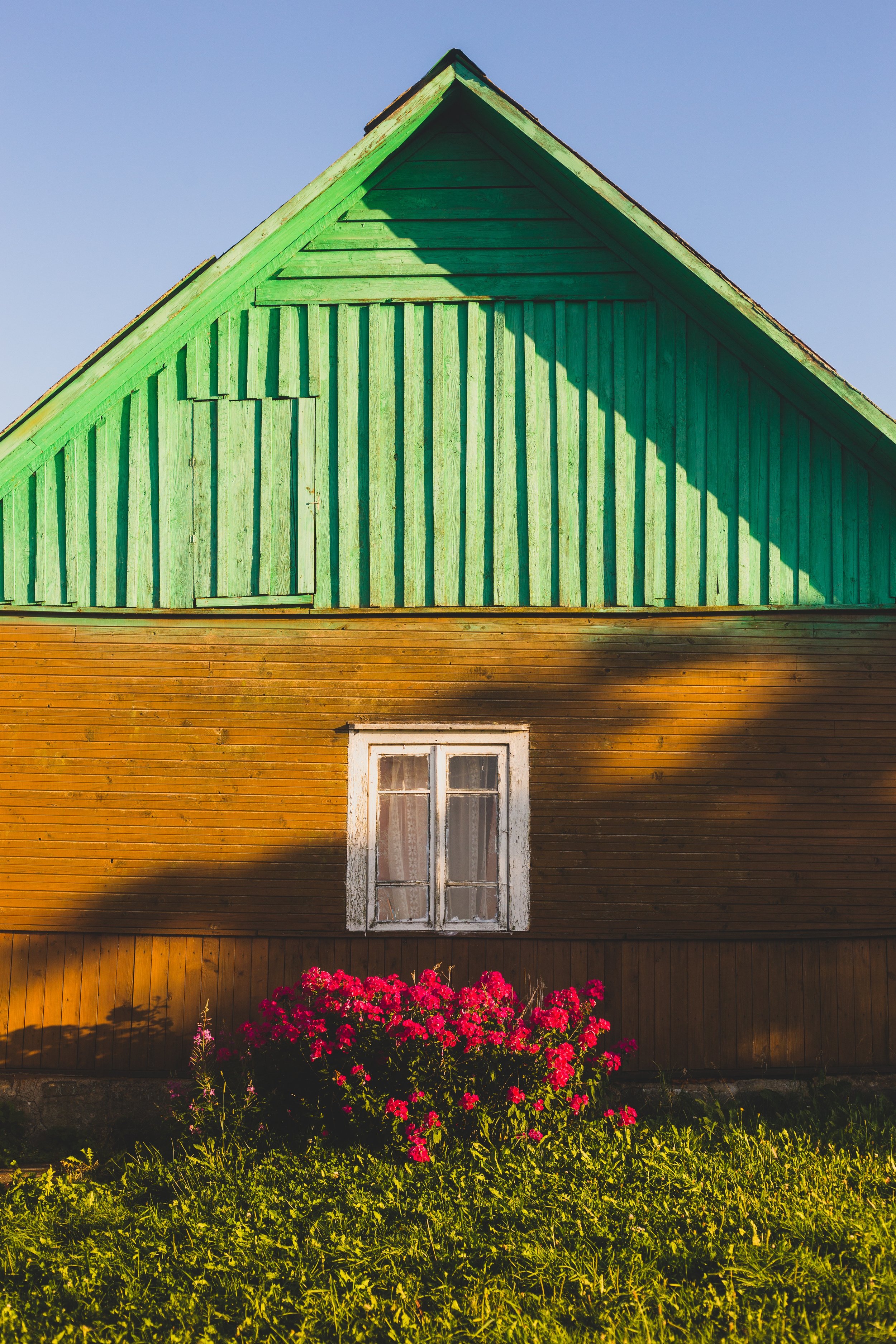I wanted to be Dorothy Day long before I’d ever heard of her.
As a teenager, I was volunteering in an assisted-living home while my peers were hanging out in shopping malls; as a college student I was doing internships in African orphanages and mentoring at-risk kids in my community. For as long as I can remember, my heartbeat has sounded like impact, impact, impact—whether from pure altruism or my own pride, I have often debated. But whatever the motivation, I’ve long bristled at the idea of wasting my time on earth.
Around the time I married my husband at a green 23 years old, he introduced me to Dorothy Day and the Catholic Worker Movement—both of which I heartily approved, as though the world were anxiously awaiting my assessment. But I didn’t give her much further thought until we began researching Catholic social teaching before our Confirmation into the Church years later. As most who have done so can tell you, you can’t dig far into the social doctrine of the Catholic Church without clinking your spade against this stalwart woman. Our involvement with a local Catholic Worker only solidified my admiration, and Day’s lens of solidarity and hospitality began to deeply form my emerging worldview.
When Kate Hennessy’s book Dorothy Day: The World Will Be Saved by Beauty: An Intimate Portrait of My Grandmother came out last year, I snatched up the chance to explore the more intimate world of Day’s, certain that her granddaughter could provide me with the keys to unlocking the predicament of how to live the radical life I felt called to, even as a mother of young children. Alas, I found no magic formulas or mystical insights: Dorothy Day, it seems, struggled to balance her dual vocations of mother and justice advocate as much as anyone. Sometimes she got the balance right; often she got it wrong.
...
Read the rest in the April 2019 issue of St. Anthony Messenger magazine!
**If you are interested in hearing more about how the Catholic Worker has influenced my life, spirituality, and worldview, you might enjoy my forthcoming book, Embracing Weakness: The Unlikely Secret to Changing the World. Find it on Amazon, Barnes and Noble, or OSVcatholicbookstore.com**




